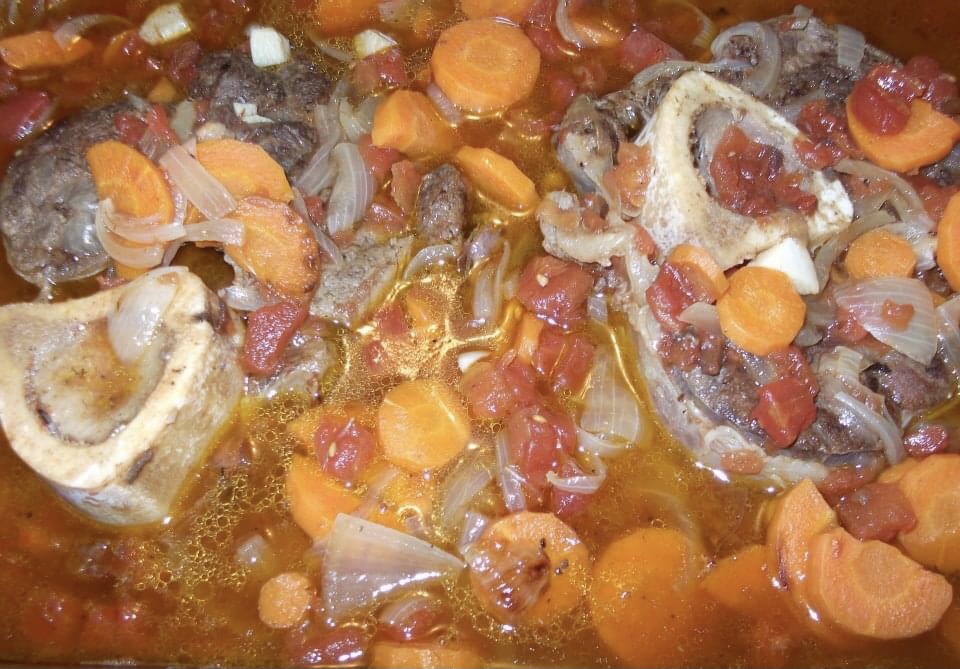It’s a fine Friday night and our truck is loaded with salmon, beef and honey for the farmers markets in Phoenix this weekend. Weather is going to be perfect and we’re looking forward to seeing you.
As you may know, we tend to rely on our local farmers markets to supply the foods that we do not hunt, gather, harvest or grow ourselves. That means lots of produce and a bit of dairy, and maybe a surprise once in awhile. Here’s a quick easy salmon recipe using only ingredients available now at your favorite Phoenix farmers markets.
Keta Salmon with Roasted Lemon Vinaigrette
Ingredients:
1 Keta Salmon Loin OR 3 Keta Salmon Tail Portions
1 bulb fennel, thinly sliced (reserve greens for salad)
2 large watermelon radishes, thinly sliced
2 lemons, cut in half crosswise, seeds removed
4 cloves garlic, unpeeled
3 tablespoons Bariani Olive Oil
Kenny’s Spice Rub
1 teaspoon Raw Honey
12 ounces+ mixed greens. I used a lettuce mix, some spinach, a variety of microgreens and the green fennel fronds. Then we added 1 large bunch of I’itoi onions and a few cherry tomatoes. You can go with any of your favorites here. When it comes to salad, I’m a fan of as much variety and abundance as possible.
Directions:
Heat oven to 400 degrees F. In a large roasting pan, toss the sliced fennel bulb, radishes, lemons, garlic, 1 tabelspoon of the olive oil and 1/4 teaspoon Kenny’s Spice Rub (or salt and pepper). Roast until fennel and radishes begin to soften, about 8 minutes.
Season the salmon with Kenny’s Spice Rub (or salt and pepper) and nestle into the fennel and radishes. Roast until the salmon is opaque throughout, about 12-15 minutes total.
Remove roasting pan from oven. Careful, it’s hot! Squeeze the garlic out of the skins into a small bowl and mash into a paste. Squeeze the lemon pulp and juice into the bowl. Stir in the honey, the remaining 2 tablespoons of olive oil and another dash of Kenny’s Spice Rub. Place the salmon fennel and radishes on the greens. Drizzle with the dressing.
I used a large salmon loin filet for this recipe. It was almost 3 pounds total and cooked enough to feed 4 salmon lovers at my house + a serving for the neighborhood high school wrestling champ. It took 15 minutes to fully roast. We skinned the salmon before plating to save a bite or two for the chihuahuas. If you’d prefer to eat the skin yourself, it is highly nutritious and a family favorite here when fried to extra crispy.
You could use any roasting pan or glass baking dish. I used my largest 14″ cast iron skillet.
The original recipe called for 2 large bulbs of fennel, I only had 1 so I added the radishes because I recently learned that I LOVE roasted radishes and the watermelon radishes, are big, beautiful, local and in season.
Enjoy,
Brenna


